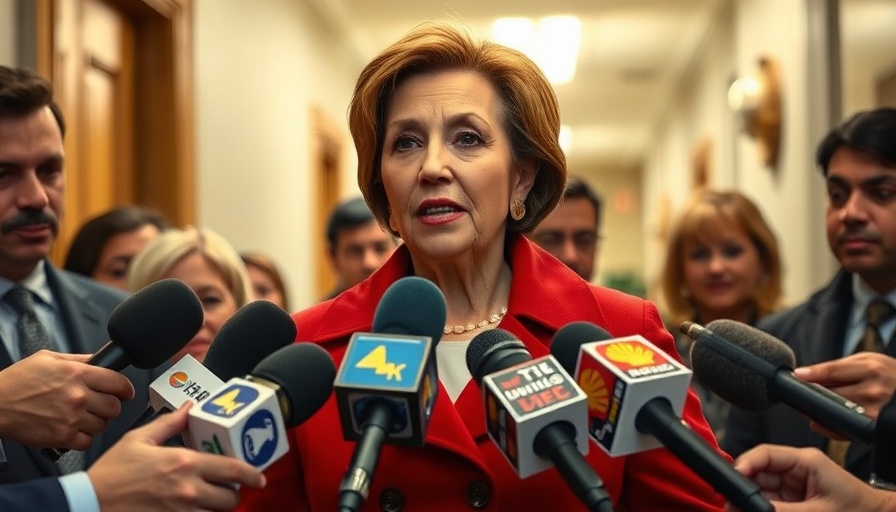
Understanding the Impact of Workplace Culture on Job Satisfaction
In today’s competitive job market, workplace culture has become a significant factor for employees, particularly in Malaysia, where a recent Randstad survey revealed that 59% of workers would leave a toxic environment. This alarming trend highlights the increasing priority that employees are placing on their work environment over traditional motivators like salary.
Why Employees are Choosing Culture over Salary
The Randstad Workmonitor 2025 report indicates that Malaysian workers are seeking positive work experiences that promote social connection. Interestingly, 48% of respondents would reject job offers from companies known for poor culture. This is particularly true among younger generations, like Gen Z, 59% of whom prioritize a pleasant environment. In this light, companies must prioritize fostering a supportive culture to attract and retain talent.
The Cost of Toxic Workplaces
Toxic workplaces can have far-reaching consequences beyond just employee turnover. Employees who do not feel safe, valued, or respected at work often suffer from stress and burnout, which can lead to long-term mental health issues. The Randstad survey found that 61% of employees would consider quitting if they felt they did not belong, and that number jumps to 65% among Gen Z. These statistics underscore the need for organizations to focus on building inclusive cultures that support mental well-being and encourage relationships.
Generational Differences in Workplace Preferences
Notably, the generational divide in workplace preferences reveals critical insights for employers. While 55% of Baby Boomers indicated that they would leave a job if they didn’t get along with their boss, the number spiked to 66% among Boomers versus 50% in Generation X. These trends suggest that as younger workers enter the job market, the demand for positive relationships with management will only increase, making it essential for companies to invest in leadership training and employee engagement initiatives.
Friendships at Work: A Major Factor for Job Retention
A surprisingly high 33% of respondents stated they are willing to earn less if it means having close friendships at work. This emphasizes the psychological aspect of our jobs; feeling connected can outweigh financial incentives. Meanwhile, 16% admitted they had left a job specifically due to a lack of friendships. Among the younger workforce, this figure rises sharply to 28%, again showing the rising importance of social connections.
The Future of Work: Embracing Flexibility and Connection
The study also examined attitudes towards returning to the office, revealing that while 91% of employees believe physical presence aids relationship building, 43% would consider leaving if compelled to spend more time in the office. This perspective underlines a shift towards valuing flexibility and work-life balance, particularly for younger employees who seek autonomy in how they work.
Actionable Insights for Employers
Organizations looking to improve retention and attract top talent should consider implementing the following strategies:
- **Invest in Culture**: Create a positive, inclusive workplace environment where employees feel valued and connected.
- **Encourage Relationships**: Promote social interactions and team-building activities that foster friendships and community.
- **Flexible Work Arrangements**: Consider hybrid models that support both in-person collaboration and remote work options.
- **Open Communication**: Maintain open lines of communication to understand employees’ needs and preferences better.
Conclusion: The Importance of Workplace Culture for the Future
As companies evaluate their strategies for talent retention and employee satisfaction, embracing a culture that prioritizes employee well-being and connection becomes paramount. By focusing on building a supportive workplace environment, organizations can not only enhance productivity but also create a workforce that feels valued and engaged.
For organizations determined to thrive in the evolving employment landscape, now is the time to act and foster positive workplace cultures that employees believe in. Emphasizing connections at work can significantly reduce turnover and increase overall job satisfaction, making it a critical objective for the future of work.
 Add Row
Add Row  Add
Add 




Write A Comment